For years, I’ve been searching for a fast, easy to carry, inconspicuous film camera to take with me wherever I go. I’ve gone through a number of the usual suspects, including the Lomo LC-A, Olympus XA, Voigtlander Bessa R, and the Canonet QL17 GIII, as well as a few medium-format folders. Each had something worth recommending it, but all had small annoyances that made me question my choice, and over time I’ve disposed of most of them in one way or another.
Of the bunch, the Canonet is the only one I’ve thought of getting back. While it wasn’t as pocketable as the Lomo or Olympus, I could still carry it pretty much anywhere I went, and it had both of the little guys beat by a mile in terms of optics, and therefore image quality. So when I saw one in a local camera store a year or so ago, I couldn’t resist. A quick viewfinder cleaning later, I have one of my favorite cameras of all time back and ready to go.
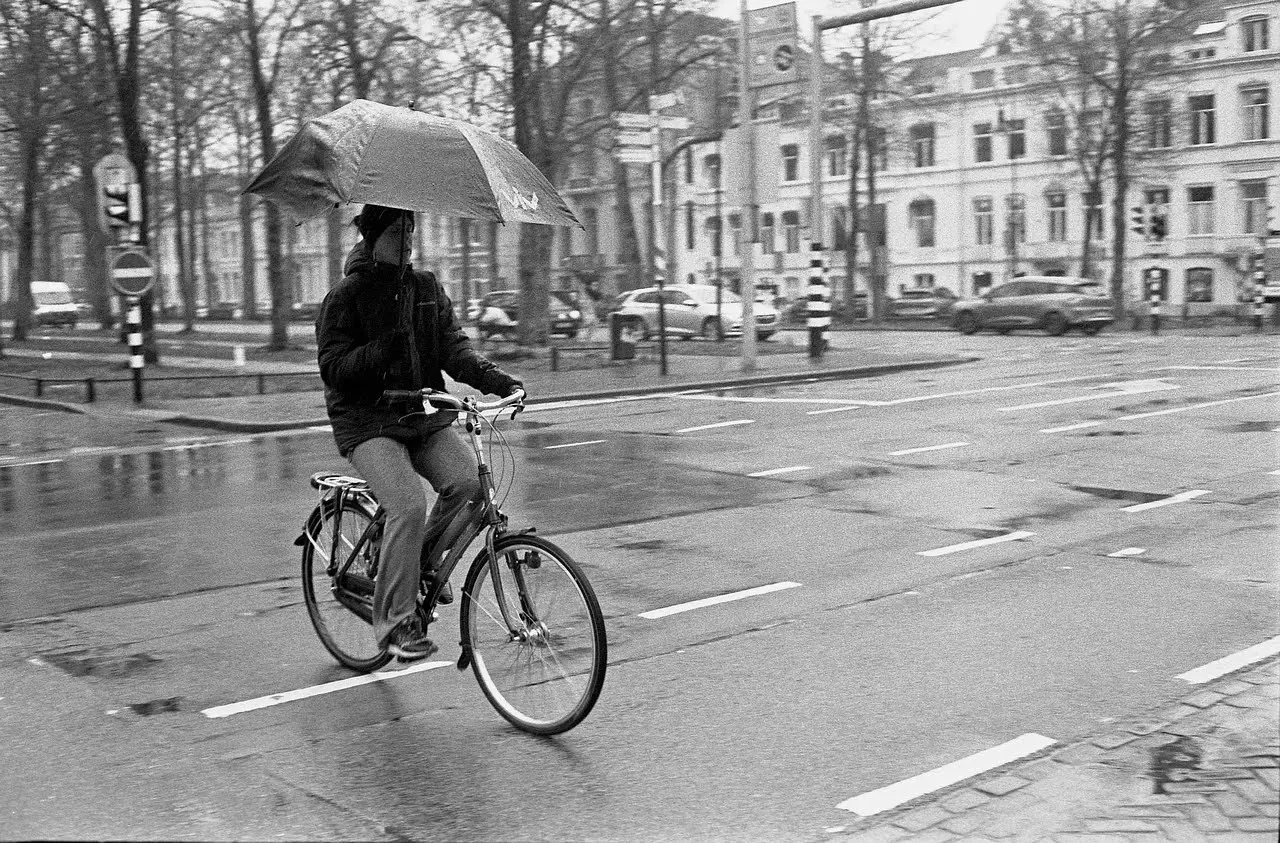
The Canonet QL17 GIII gets a lot of hype on the internet, but it’s well-deserved hype. My first one really impressed me with the crispness and tonality of the images it produced, and I tend to be pretty picky about that when I’m not playing with pinholes or toy cameras. The only time the little Canon really failed me was on a trip through Milan some years ago. I set the lens to wide open in manual mode to maximize shutter speeds at night, and everything I did turned out hazy and soft – and not in a good way.
While at first I thought there was something wrong with my particular example, it turns out this is part of the design. The lens is marked as f/1.7, but that appears to be mainly marketing spin. The image quality becomes passable only around f/2 (and really nice from f/2.8 onwards). Most of the time this doesn’t become an issue, since the camera never fully opens the aperture in automatic mode, which is what the Canonet was intended for. Even when the readout in the viewfinder shows f/1.7 and just barely misses the underexposure lock, the lens shuts down to about f/2. An f/2 lens is still pretty great for available light photography, and I’ve decided that the extra half stop isn’t worth playing with considering the quality trade-off.
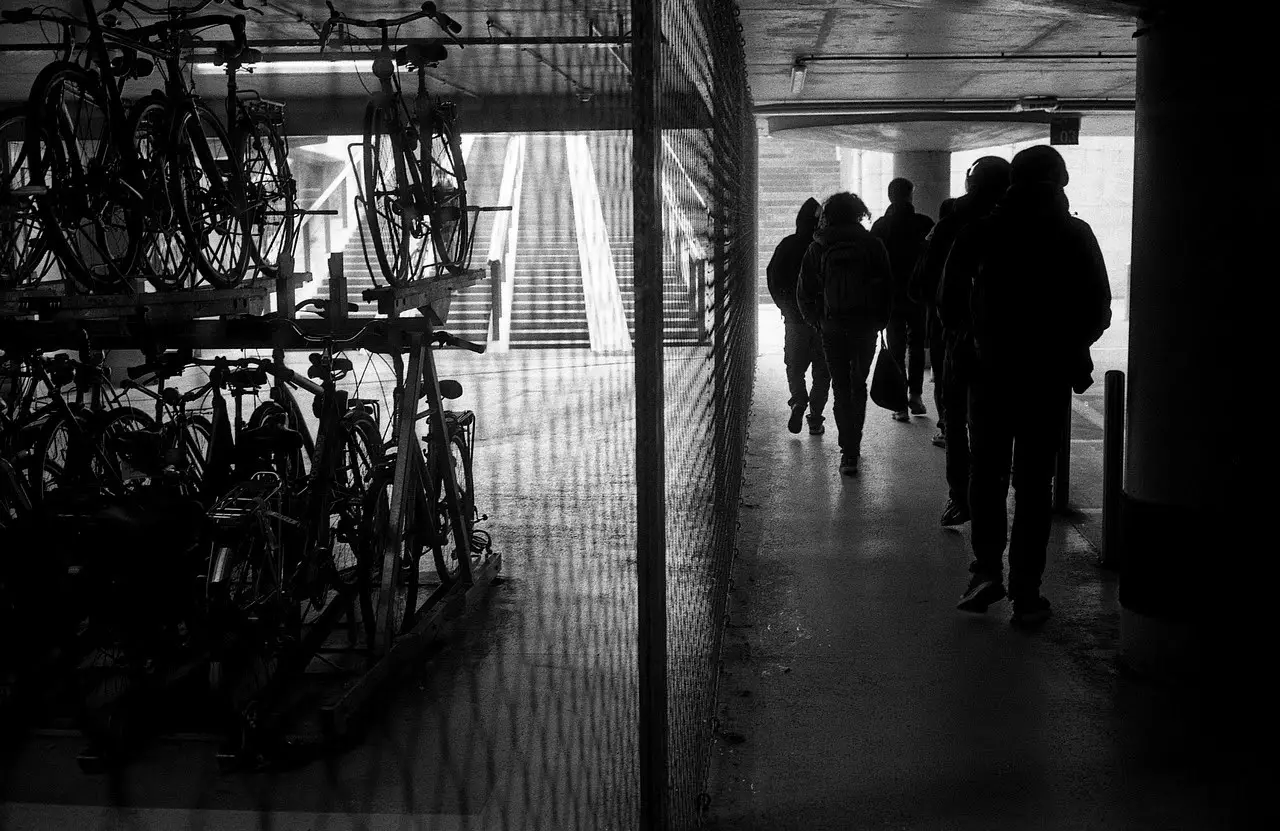
With that caveat, though, the QL17 GIII is a really great little go-everywhere photography tool. I recently took it as my only camera on a trip to Belgium and the Netherlands, and it certainly didn’t disappoint. A couple of shots taken into the sun show significant lens flare, but nothing you wouldn’t get with any lens of that vintage, no matter who made it and how much you paid for it.
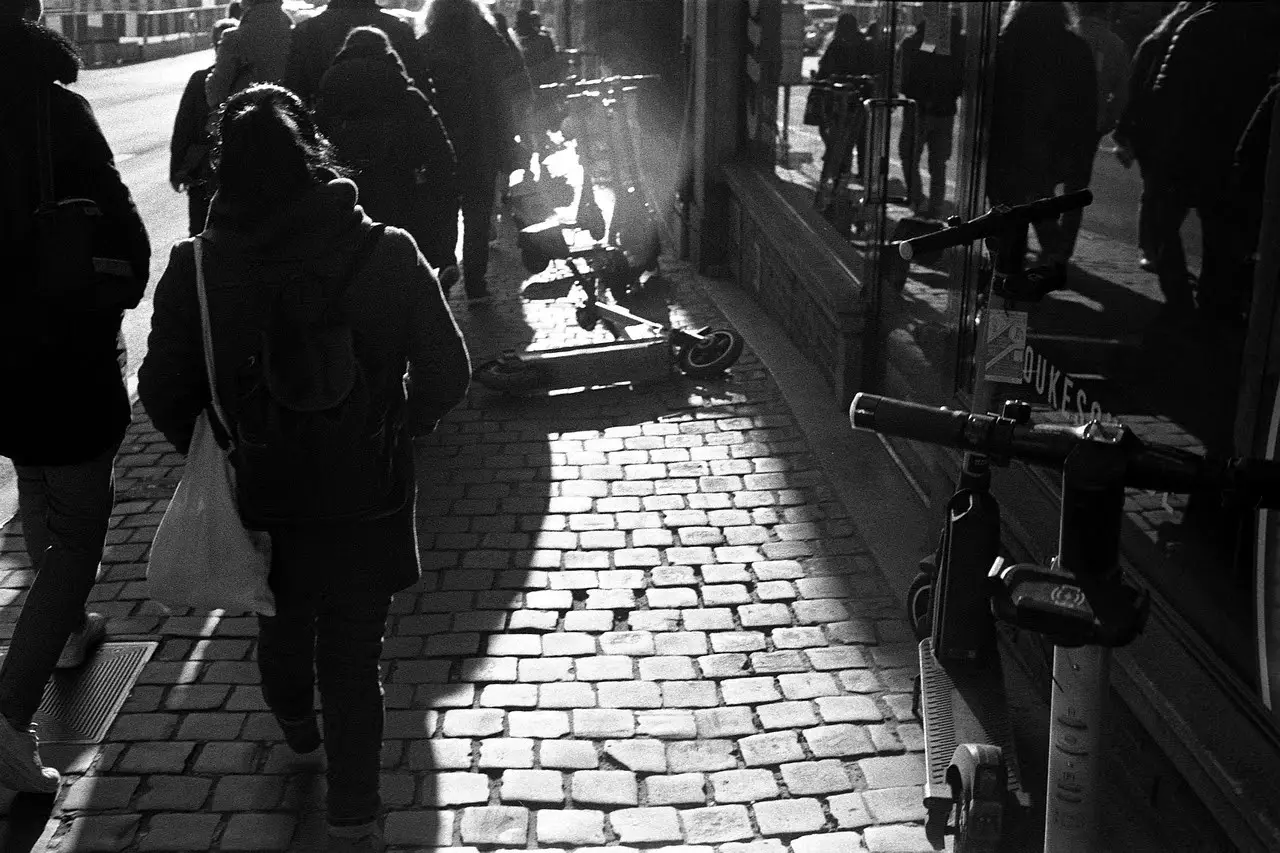
Obviously there are limits to what this camera can do. Its permanently mounted 40mm lens isn’t going to capture either extreme wide angles inside, nor long close-ups across a busy square. But for general and street action photography, it’s about as close to an ideal camera as they come. The rangefinder is accurate, and with the focusing lever prominently under your fingers, it’s easy to zone focus for action shooting. The lens is just a hair wider than the “normal” 35mm focal length of 43mm, resulting in a really intuitive field of view – it’s not so wide as to require you to step into people’s personal space to fill a frame, and not so long as to prevent you from getting wider views of scenery.
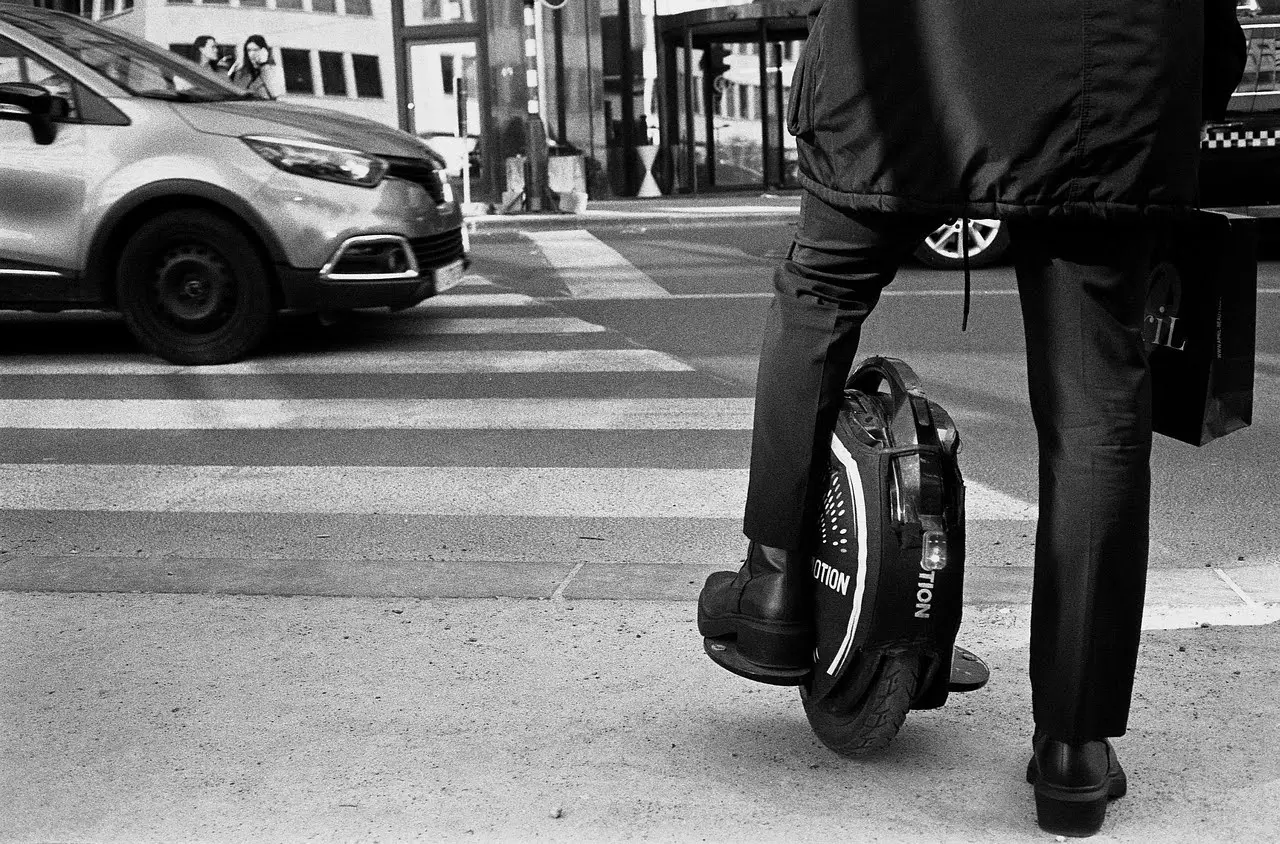
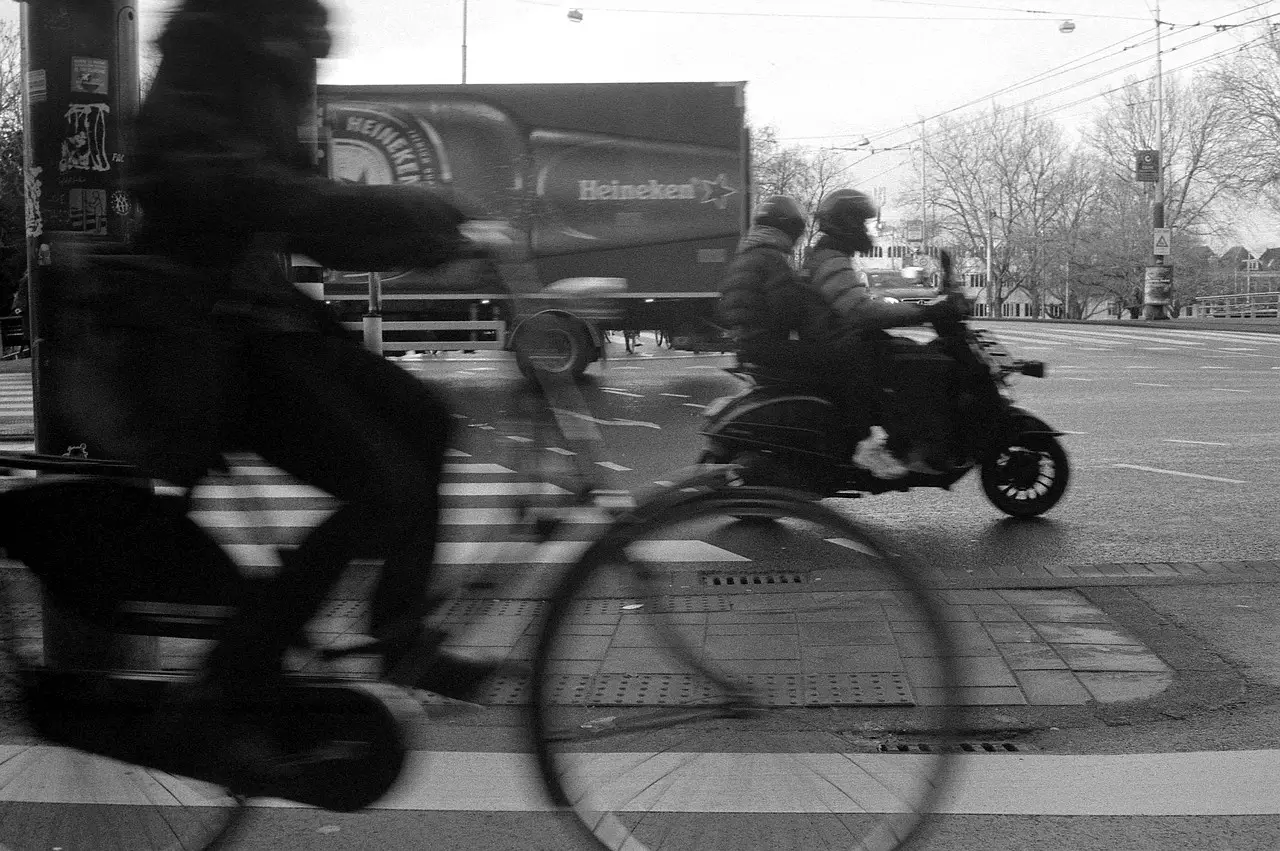
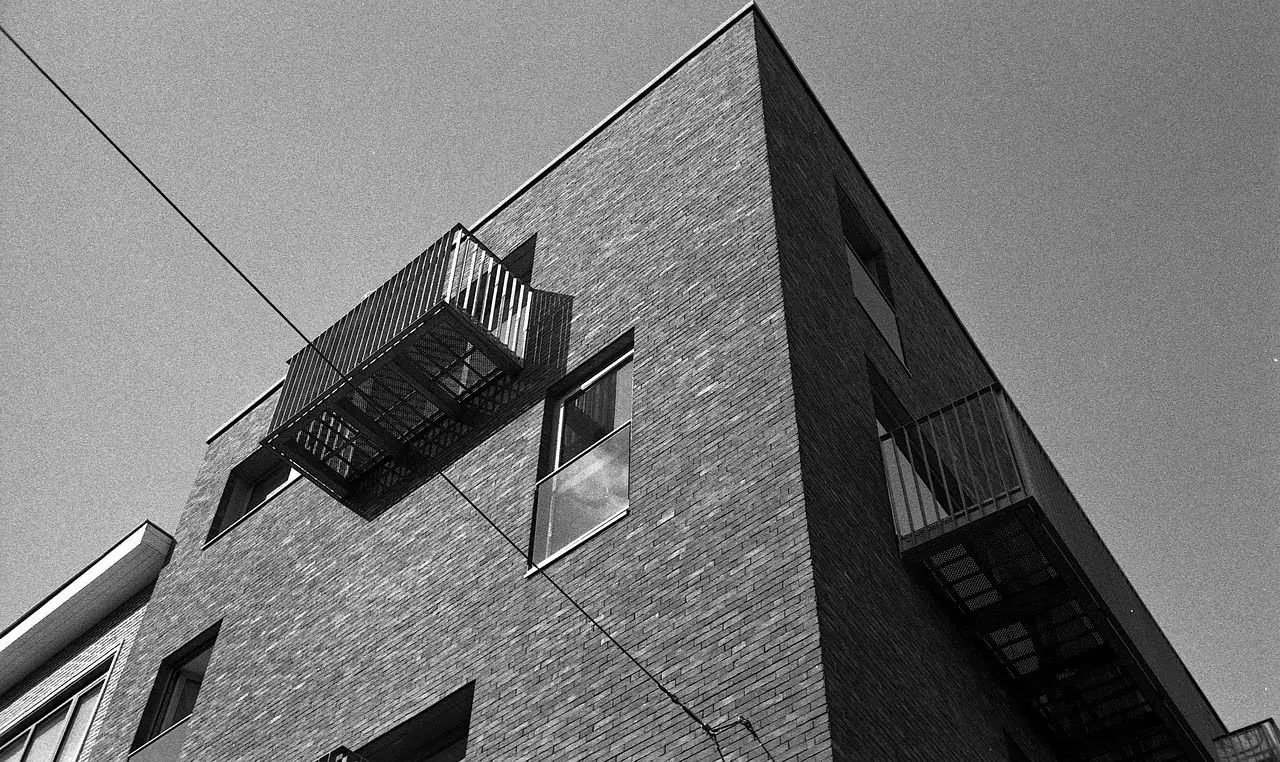
One minor hang-up I have with this camera is a feature that was clearly intended for the amateur target user: the under- and over-exposure lock on the aperture in automatic shooting. I’d dearly love to know if this can be disabled somehow, since I always prefer to get an imperfect exposure of a great moment than nothing at all. But with some forethought, this rarely becomes a problem, so it’s definitely not a deal-breaker for me.
I still love this little camera, which has brought me back to 35mm after years of almost exclusively using medium format when shooting film.
Share this post:
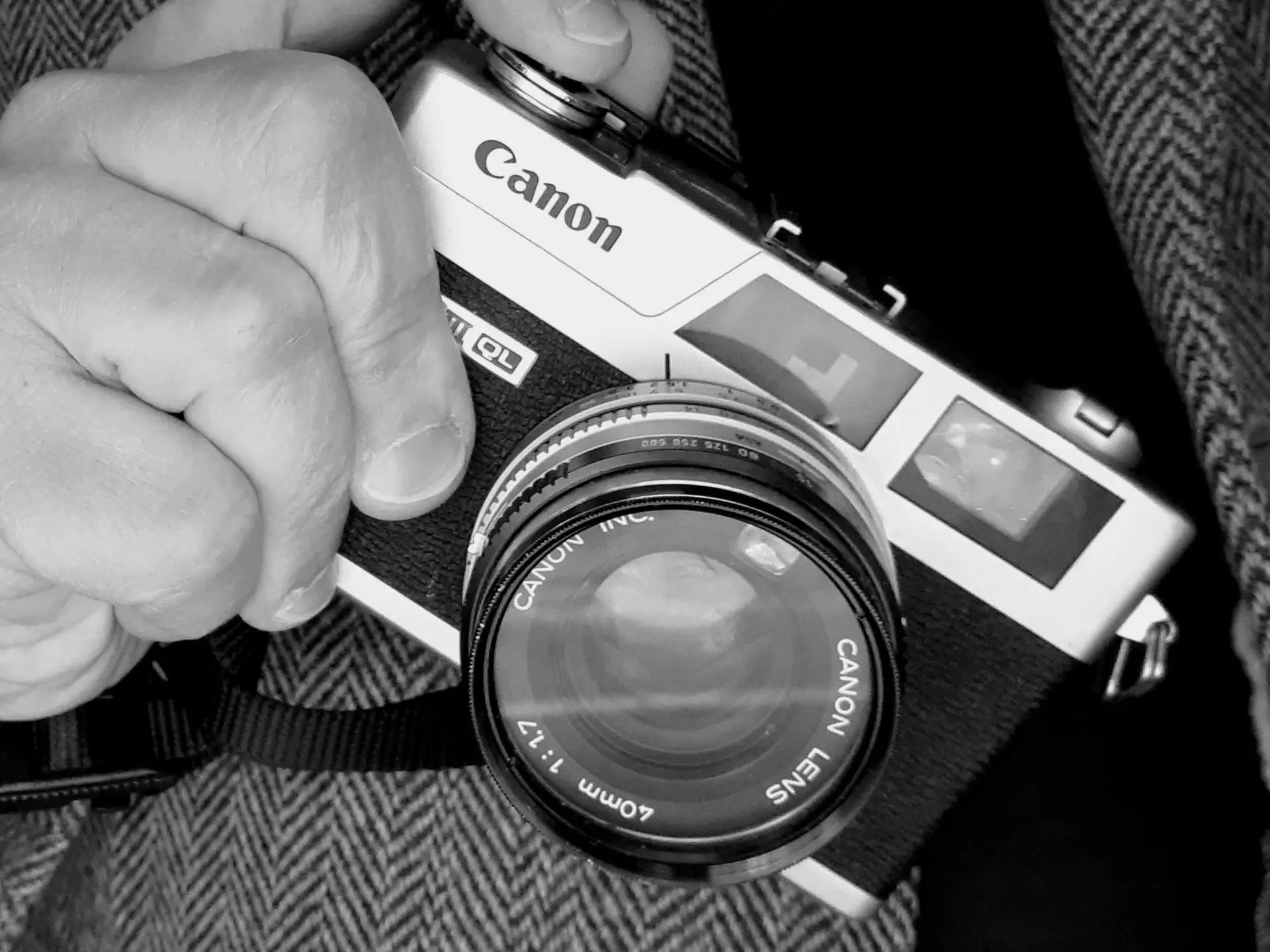

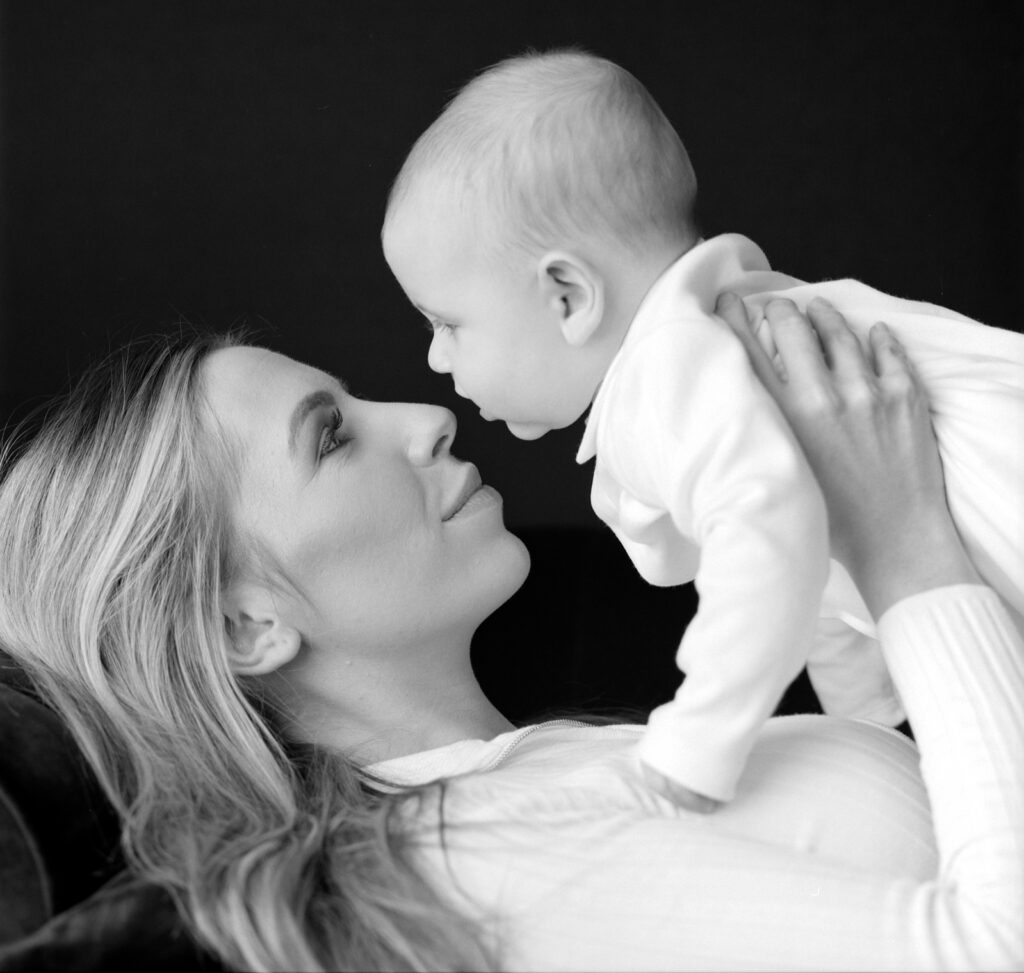

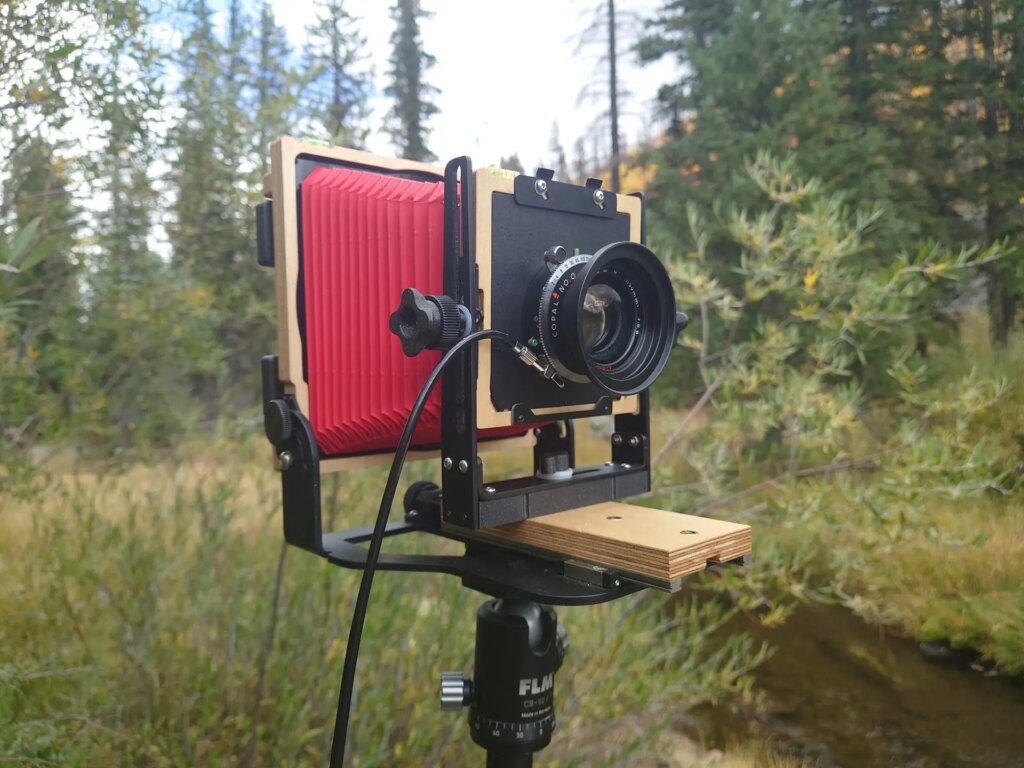




Comments
Shaun Edwards on Canonet QL17 GIII – This camera almost has it all
Comment posted: 09/06/2023
I bought one last year and really enjoy using it. As you say it produces great results.
If only the meter worked in manual mode, that would make it a killer camera!!
It always take me a little time to adjust to shutter priority as I use manual or aperture priority on my other cameras.
However, it satiates my need to get a Leica. Plus saving a load of pennies.
Comment posted: 09/06/2023
Comment posted: 09/06/2023
Comment posted: 09/06/2023
Comment posted: 09/06/2023
Brad on Canonet QL17 GIII – This camera almost has it all
Comment posted: 09/06/2023
Comment posted: 09/06/2023
DANIEL J CASTELLI on Canonet QL17 GIII – This camera almost has it all
Comment posted: 09/06/2023
My favorite shot of your series is the backlit cobblestone street scene, The Canon successfully recorded the image you saw. Can't ask for much more in a camera than that.
These days, with everyone snapping away with cell phones, a small camera doesn't attract much attention. These cameras, at first glance seem to be the same size as an iPhone 14.
My EDC is a Leitz-Minolta CL with a 40mm lens. I originally bought it as a briefcase camera - it tucked into my work bag that I carried to school and from class to class. After I retired from teaching, I rehoused it in a tiny canvas Domke bag.
There are a number of high performance, small cameras available to fit the needs of people looking to still work with film. You just need to find the one that fits your needs.
Comment posted: 09/06/2023
Röd White on Canonet QL17 GIII – This camera almost has it all
Comment posted: 07/02/2024
Nice images by the way, thanks for sharing.